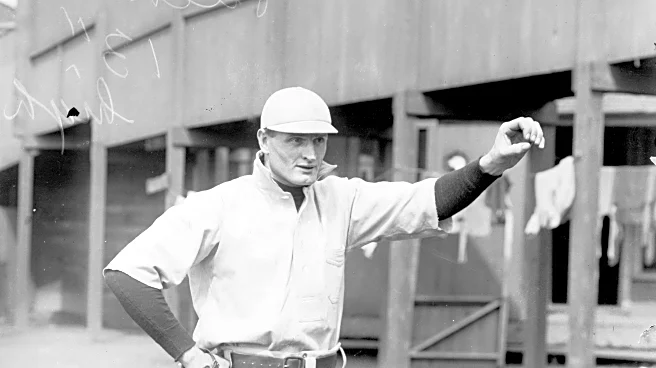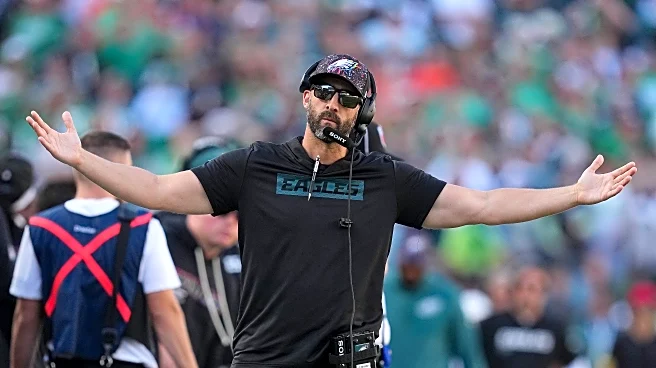What is the story about?
What's Happening?
Mark Snedden, the owner of MARK 1 Restoration Co., a Chicago-area construction company, has been sentenced to 7½ years in federal prison for his involvement in a bribery scheme with an Amtrak official. The scheme involved lavish gifts such as trips, meals, jewelry, and a German shepherd puppy to secure extra payments for a $58 million contract to renovate Philadelphia's 30th Street train station. Snedden pleaded guilty to conspiracy to commit federal program bribery and making a false claim. The sentencing follows a four-year investigation that revealed Snedden's company paid numerous bribes to Amtrak official Ajith Bhaskaran, who approved millions in additional spending for the project.
Why It's Important?
This case highlights significant corruption within a major U.S. transportation project, emphasizing the need for stringent oversight in government contracts. The bribery scheme not only involved substantial financial misconduct but also undermined public trust in Amtrak, a heavily subsidized quasi-public corporation. The sentencing serves as a warning to other contractors and officials about the consequences of engaging in corrupt practices. It also underscores the importance of transparency and accountability in public projects, which are funded by taxpayer money.
What's Next?
Following the scandal, Amtrak has reportedly taken steps to enhance its oversight and prevent future criminal activities. The company terminated employees involved in the scheme and is likely to continue implementing measures to safeguard against similar incidents. Meanwhile, other individuals involved in the bribery, including Donald Seefeldt, have been sentenced, and additional defendants are awaiting sentencing. The case may prompt further investigations into similar practices within other government contracts.
Beyond the Headlines
The bribery scandal sheds light on the ethical challenges faced by corporations and government entities in maintaining integrity in business dealings. It raises questions about the effectiveness of current regulatory frameworks and the need for reforms to prevent such misconduct. The case also illustrates the broader cultural issues within corporate environments that prioritize profit over ethical standards.
AI Generated Content
Do you find this article useful?















